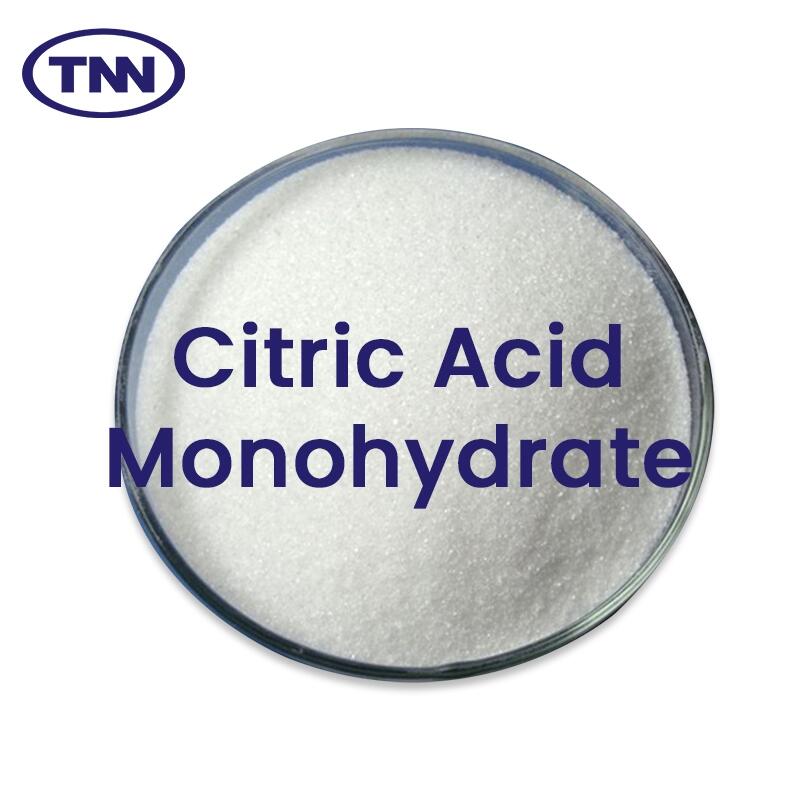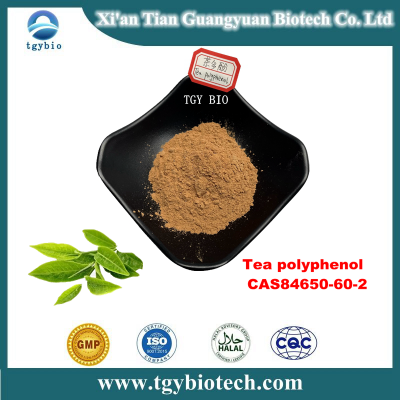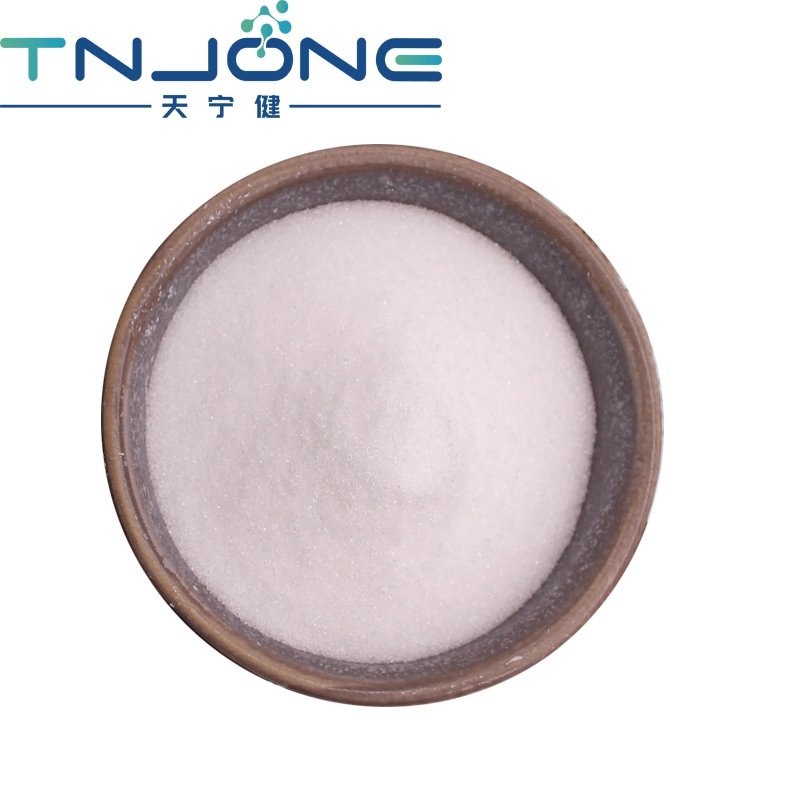-
Categories
-
Pharmaceutical Intermediates
-
Active Pharmaceutical Ingredients
-
Food Additives
- Industrial Coatings
- Agrochemicals
- Dyes and Pigments
- Surfactant
- Flavors and Fragrances
- Chemical Reagents
- Catalyst and Auxiliary
- Natural Products
- Inorganic Chemistry
-
Organic Chemistry
-
Biochemical Engineering
- Analytical Chemistry
-
Cosmetic Ingredient
- Water Treatment Chemical
-
Pharmaceutical Intermediates
Promotion
ECHEMI Mall
Wholesale
Weekly Price
Exhibition
News
-
Trade Service
The emergence of artificial food coloring has brought us many wonderful products, such as shocking colored yogurt sticks, colorful sandwich cookies and a variety of neon-like candy, the main consumers of these products are generally children. The charm of color is affecting people's consumption: Americans now consume more than
5 times as much food
1955. Although the British government and the European Union are working to stop the use of these pigments because of their health effects, they are still common in the United States and their labels are not transparent. For example, many nutritional grain bars in the United States contain a variety of pigments that mimic colorful, healthy ingredients, but in Europe they use colors extracted from materials such as beetroot and chili peppers, rather than artificial colors.chart produced by the Special Education Degree Agency is as follows, with the headlineDeath by Color: The Dangers of Food Coloring
"
,
Colorful and Beautiful and Attractive Pictures Showing The Pigment Toxicity and Health Risks Associated with Our Food Coloring. On the positive side, the chart also reveals natural dyes that can replace artificial pigments, including beets, sedal cauliflower, red ball kale and turmeric.Death by color: The dangers of food coloringMany parents observed a significant increase in children's behavior when removing food coloring, especially red
40
. As a result of this extensive evidence, the editors of special education degree institutions decided to do a survey on the negative effects of food coloring on humans.Americans now consume more than 5 times more food
than
1955.Blue
1
Bright BlueMolecule:
C
37
H
34
N
2
Na
2
O
9
S
3Health problems: chromosomal damageFrance, Finland disabledbakingcommon in
Food, Candy, Cereals, Beverages Blue
2
Indigo Molecular:
C
16
H
84
N
2
Na
2
O
8
2Health: Brain TumorBannedCommon in: Beverages, Candy, Dog FoodOrange
Orange
2
PigmentMolecule:
C
18
H
164
N
2
O
3 Health Problems: Bladder Tumors U.S. Food Processing Banned
seen in orange peel green
3
solid green (fast green) molecular:
C
37
H
374
N2O
10
S
3
plus health problems: bladder tumor
the European Community banned Commonly found in: beverages, candy, ice cream, cosmetics using the most widely ingested artificial colors (dyes): red
40
seduction red molecular:
C
18
H
14
N
2
Na
2
:
chromosomal damage, ADHD, lymphoma Common in: Baked goods, confectionery, cereals, beverages red
3
Red Molecule:
C
20
H
6I4
Na
2
Health Problems:
Neurochemical and Behavioral Effects, Chromosomal Damage, Thyroid Tumors The U.S. Food and Drug Administration (
FDA
) tried to ban it, but failed
15
H
9
N
4
Na
3
O
9
S
2 Health problems:
chromosomal injury; aggression, violence; asthma; insomnia; allergies; ADHD; thyroid tumors; lymphoma; neurochemistry and behavioral effects banned
in Norway
are common in: baked goods, sweets, cereals, beverages, Yellow
6
Sunset Yellow Molecular:
C
16
H
10
N
2
Na
2
O
7
S
2 Health:
chromosomal damage; eczema, urticaria; asthma; allergies; ADHD; thyroid tumours are banned in Norway and Sweden commonly found in baked goods, sausages, cereals, cosmetics "
our daughter
Emma
has become completely different since we removed food colors from our diet. She'll never break down or yell again. And we've just realized that her reading, writing, and math have all improved dramatically in just a few short weeks.
” Is this just a coincidence? Artificial pigment substitutes: beets, carrots, spinach, pumpkins, berries, red cabbage, red flowers, turmeric, sedation, chili peppers attention! Natural pigments (dyes) do not have artificial colors (dyes) color thick, need to use more, may affect the taste; 30
%
to 40
% of the country's food uses natural food coloring. organic foods are not colored or preservatives, however, artificial colors are often identified by their alternative names on food labels. Food coloring and children's health: Researchers at the University of Southampton in the UK found that eating certain synthetic pigments and the preservative sodium benzoate increased the risk of ADHD in children aged
3-9
. U.S. study, published in the journal Science, found that children who scored high on ADHD tests all had food coloring and performed worse on the recall image ability test than those who drank a placebo. 2009
, the UK required domestic food companies to stop using artificial colors in food production. they are concerned about the link between artificial pigmentation and ADHD and cancer. ,
Kellogg's
and Kraft Foods no longer use artificial colors in their UK products. Red
40
and Yellow
5
have come under fire, but while studies and reports from parents have found that food coloring is linked to children's behavior, the
FDA
has said there is no conclusive evidence that coloring is associated with coronary atherosclerosis and child behavior, and
FDA
says it will do more testing before it proposes banning artificial pigment.







